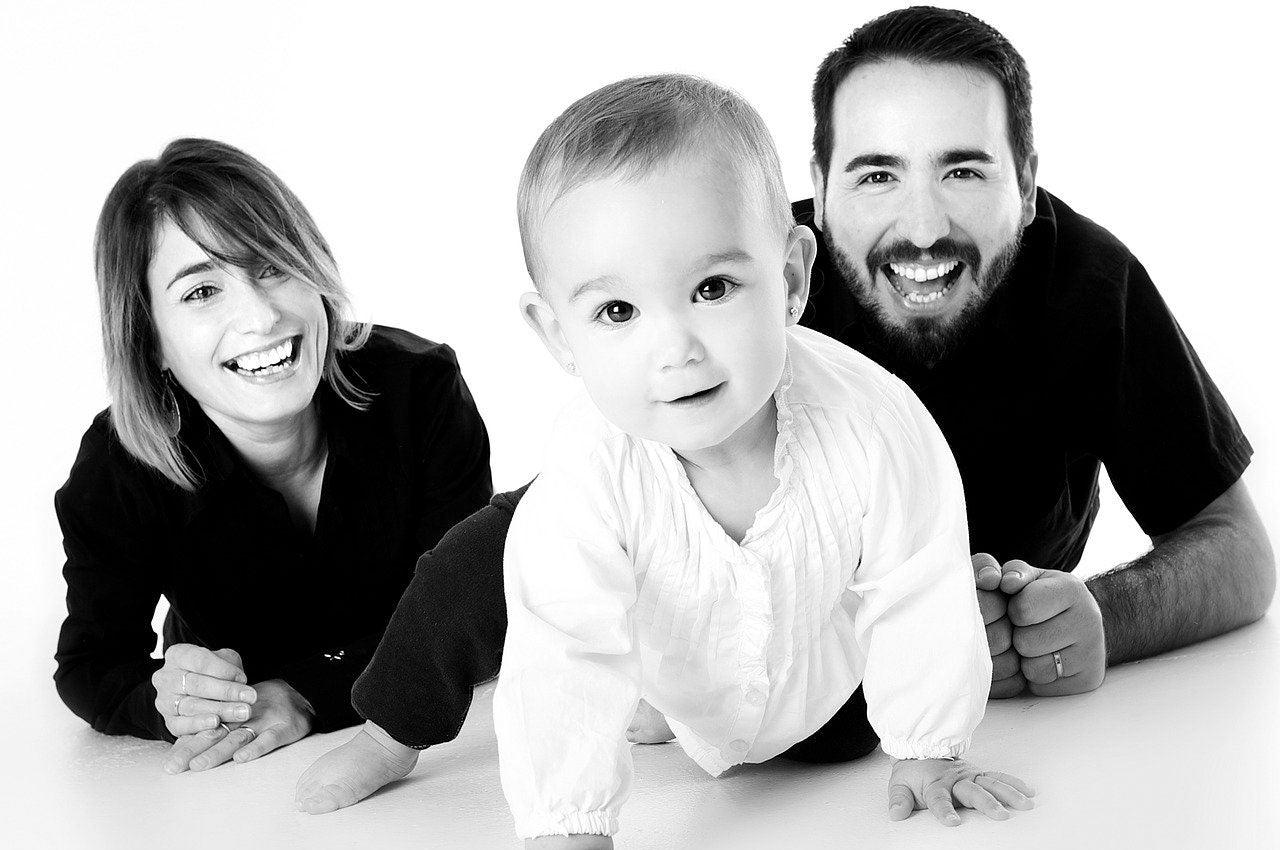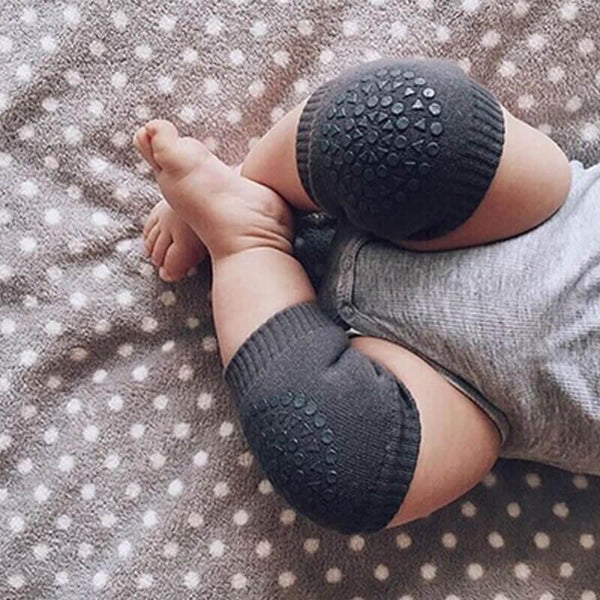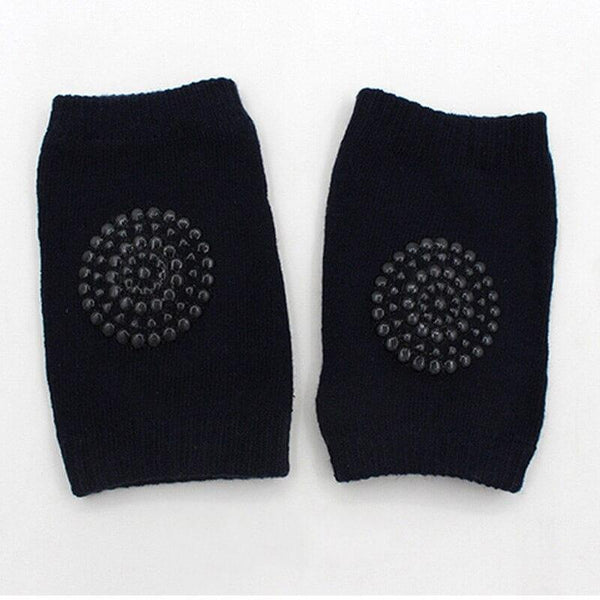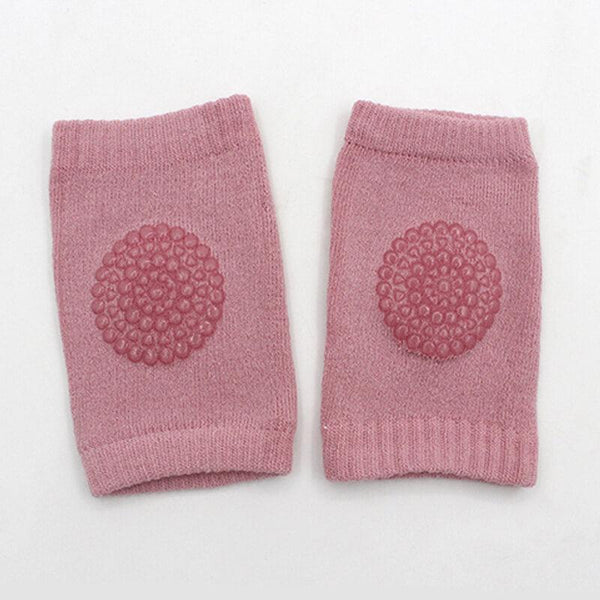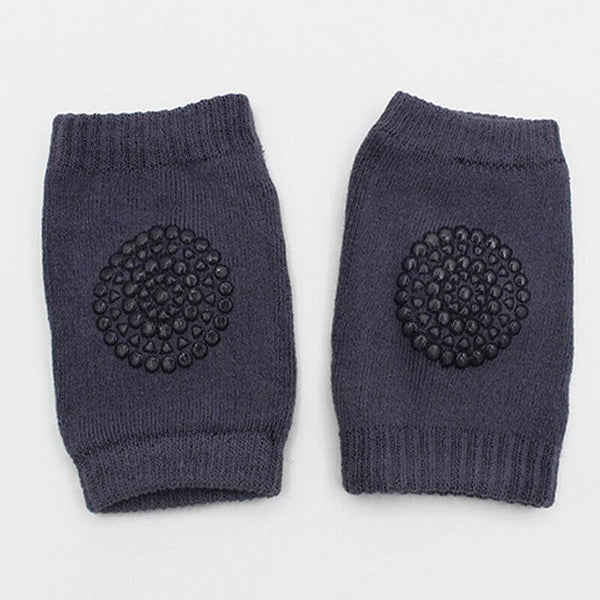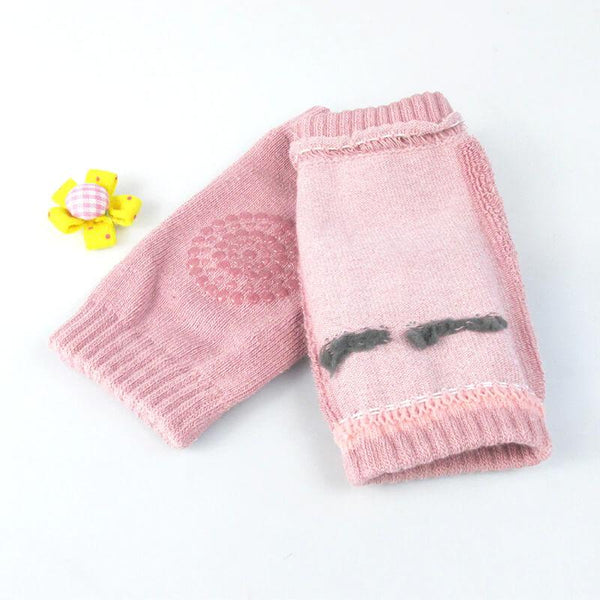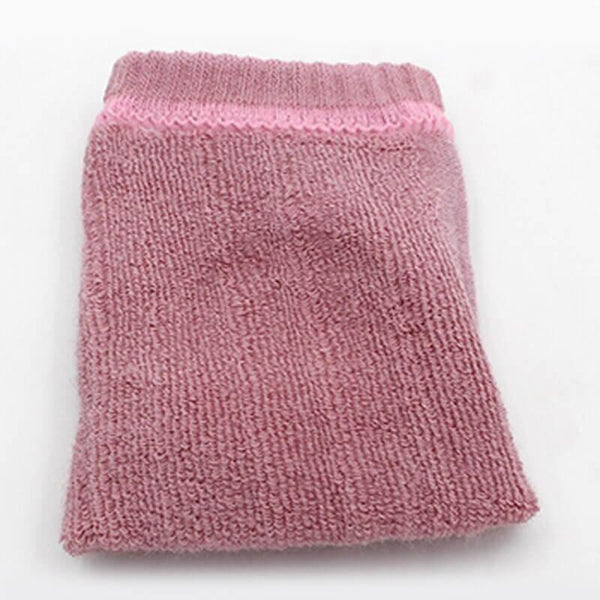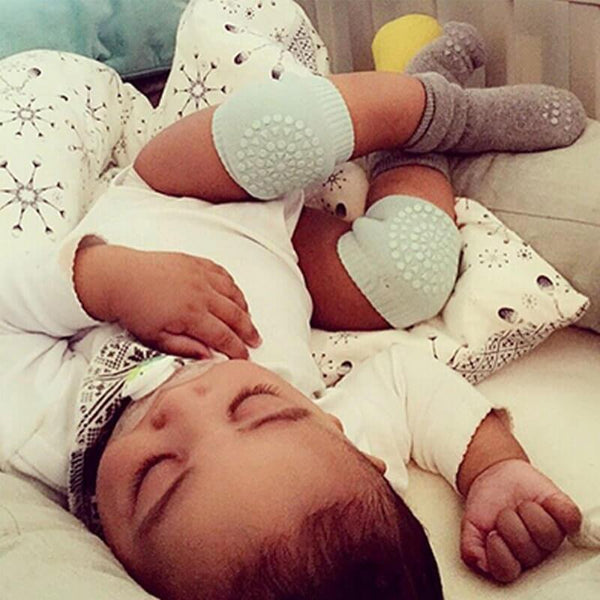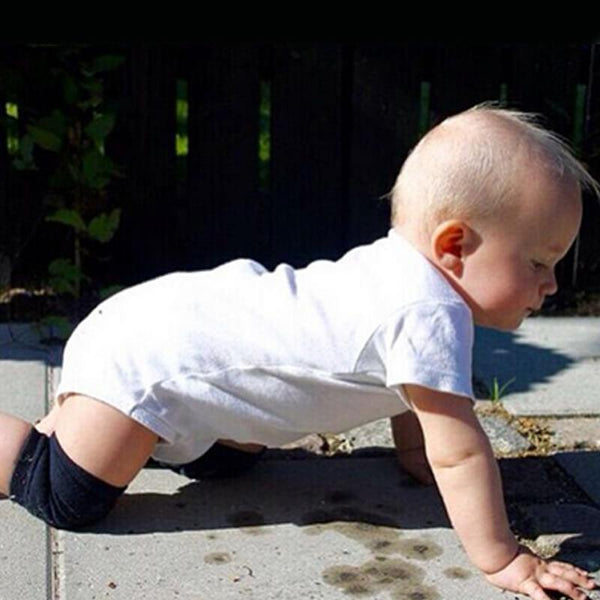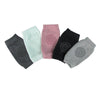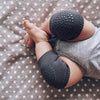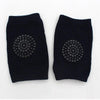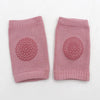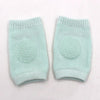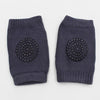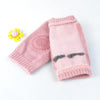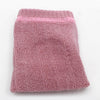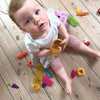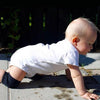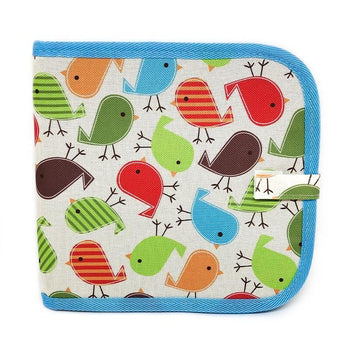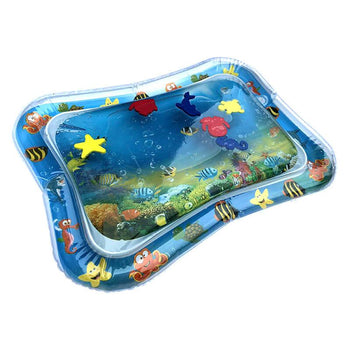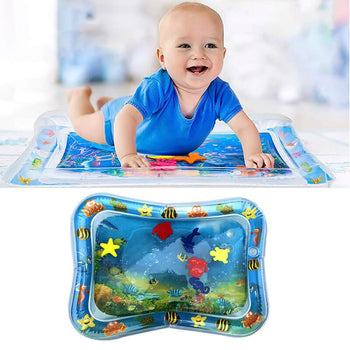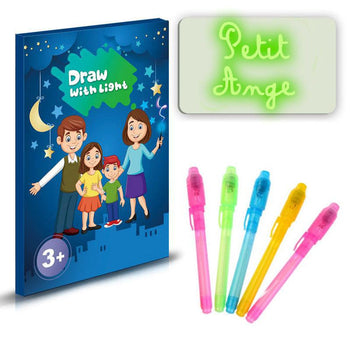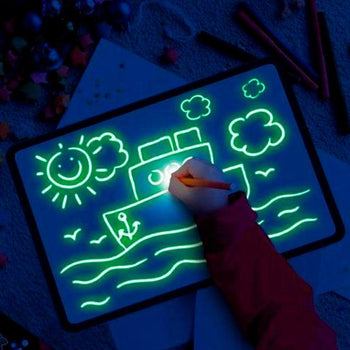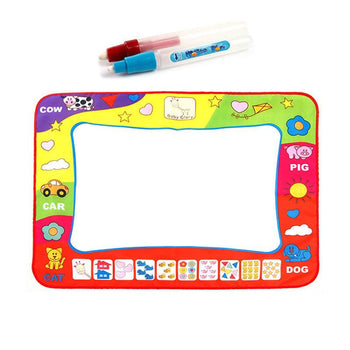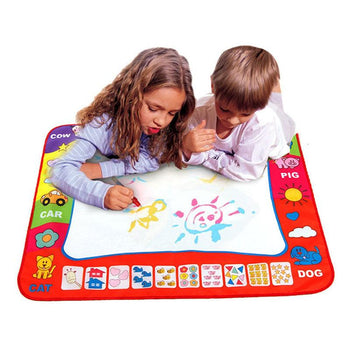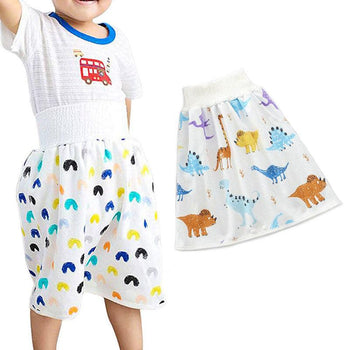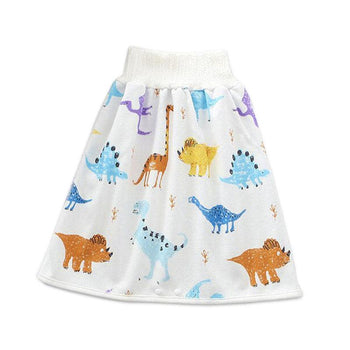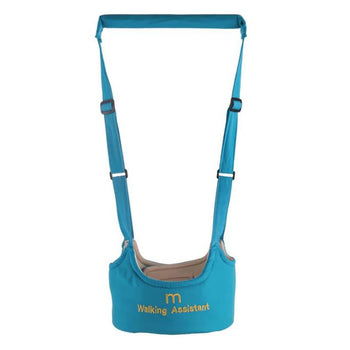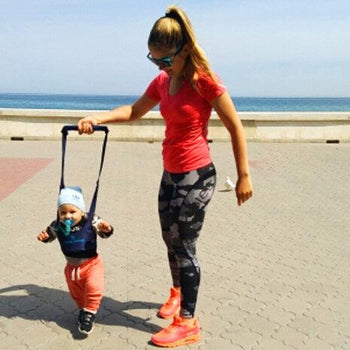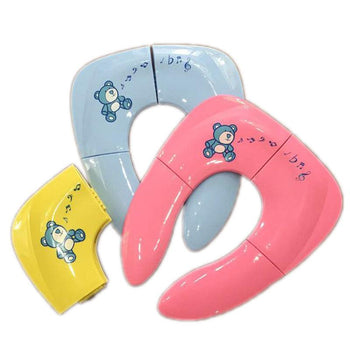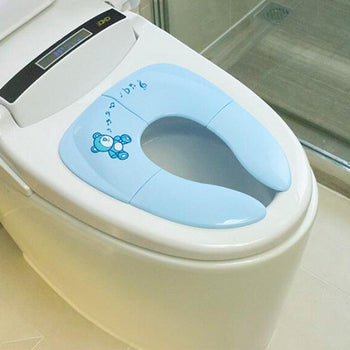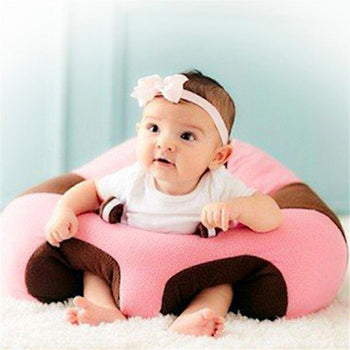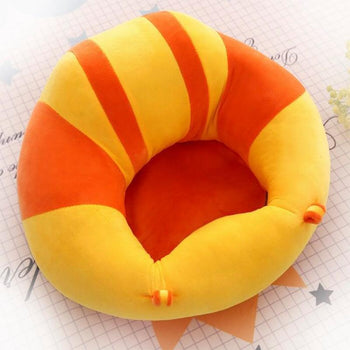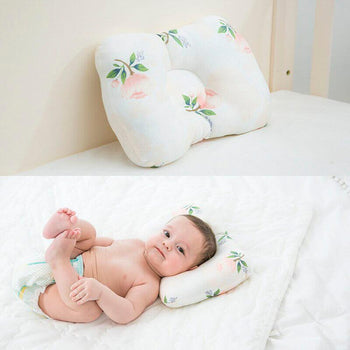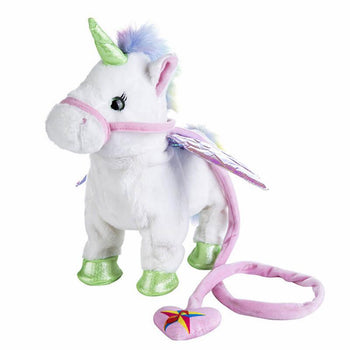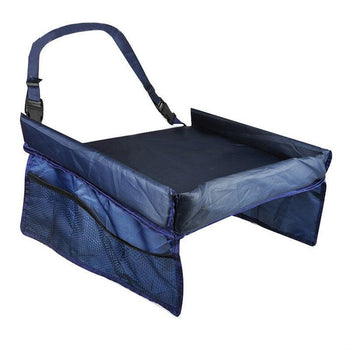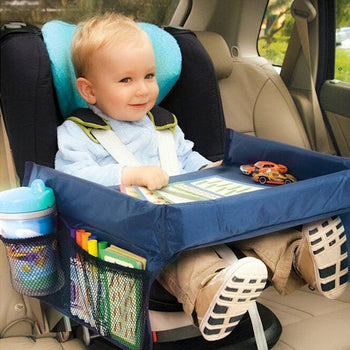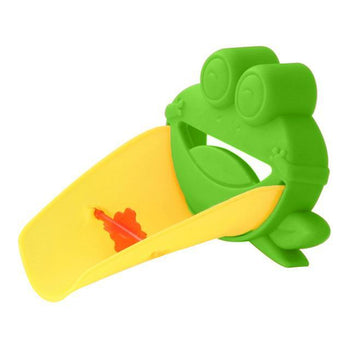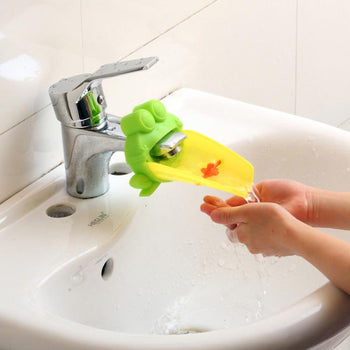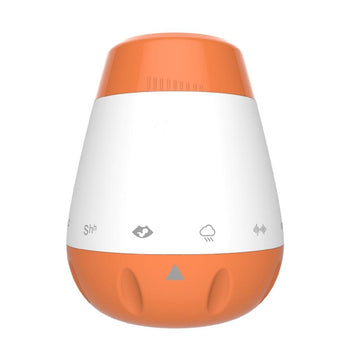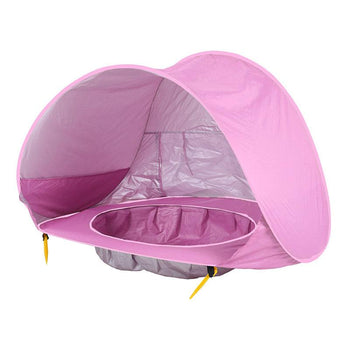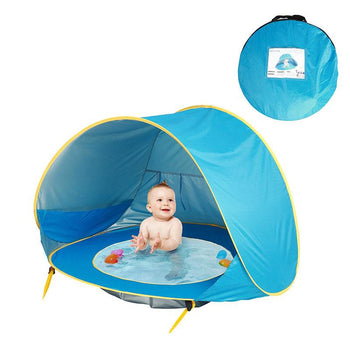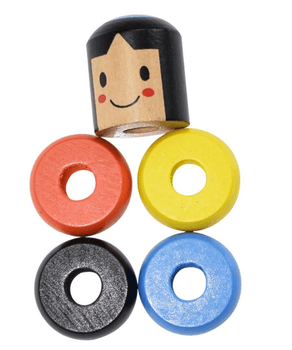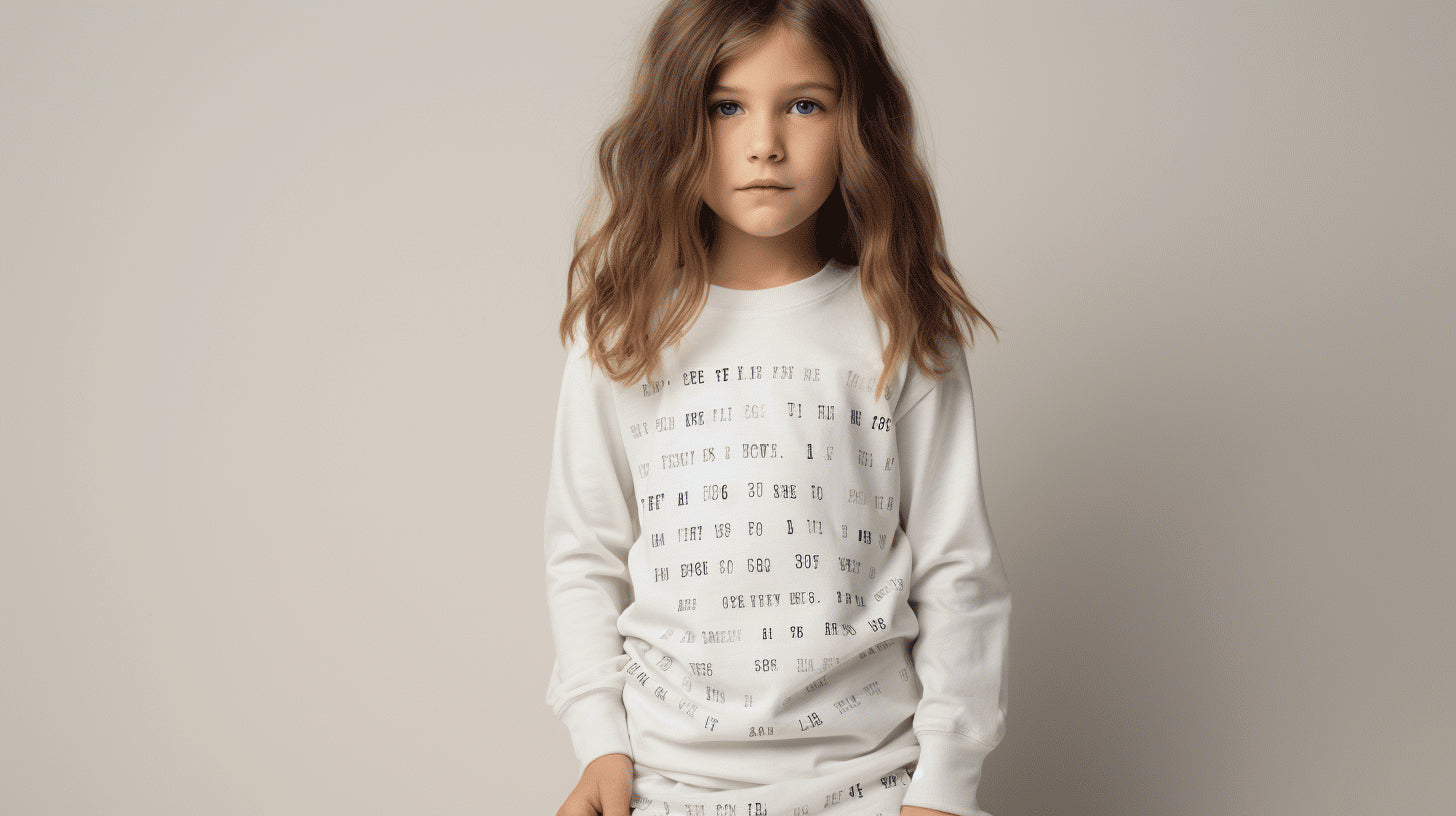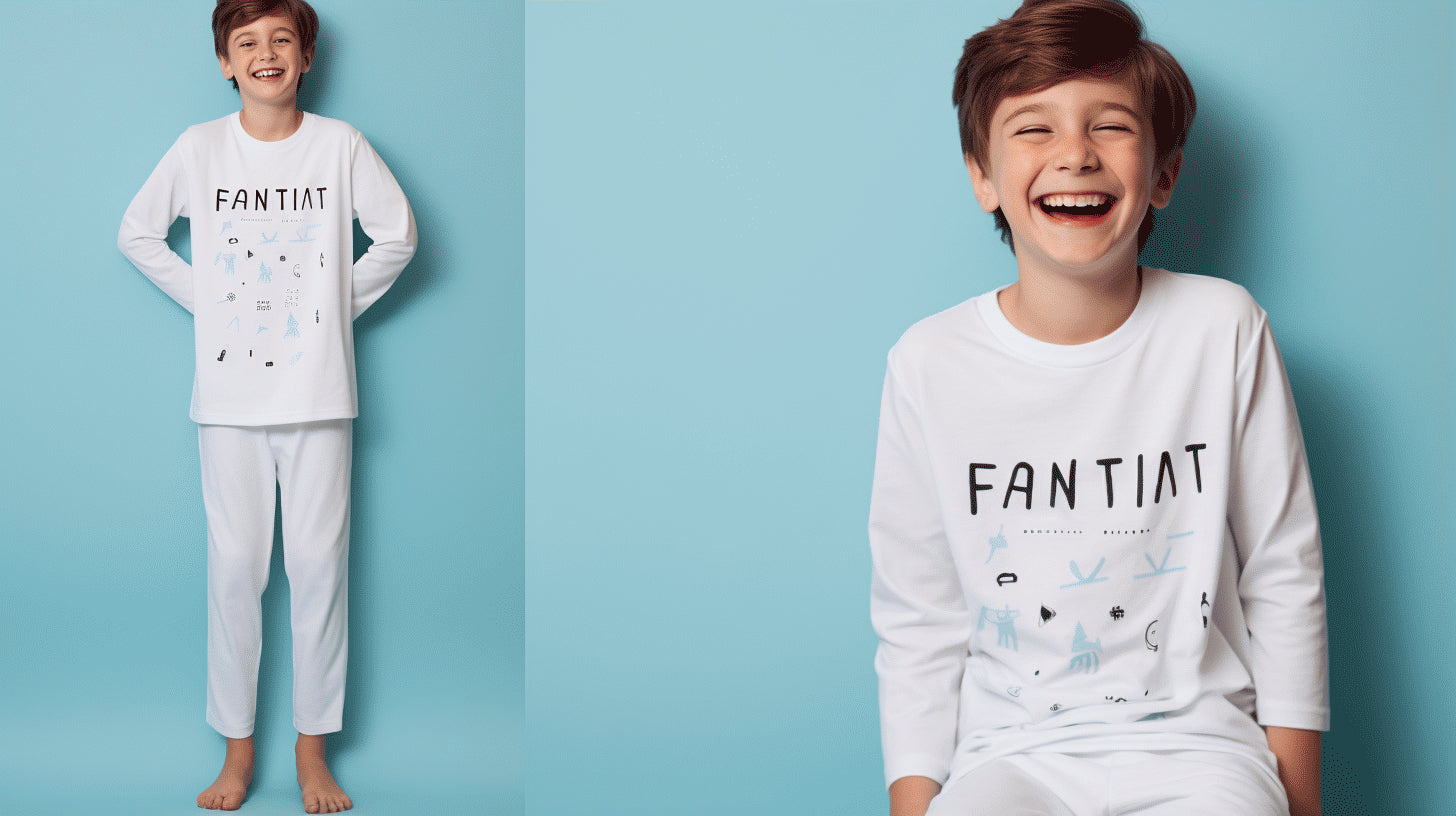Whether you push him in a stroller, carry him in a baby carrier , or hold him on your hip , his only means of transportation so far has been you and other people. But soon, your baby will learn to crawl and will be able to get from point A to point B on his own. "Crawling is an important milestone for babies because it's the first step toward independent mobility," says Dr. Rallie McAllister, co-author of "The Mommy MD Guide to Your Baby's First Year."
Moving around alone gives your baby a great sense of power and accomplishment, which greatly boosts their self-esteem. It also opens up his world to new discoveries and paves the way for more complex movements, such as standing , walking , and eventually running .
Baby's physical development to crawl well
When baby crawls, he uses both mind and body, says Dr. McAllister, and involves motor, visual-spatial and cognitive skills.
First of all, your child's back, neck, shoulder, arm and core muscles must be strong enough to support his weight and help him keep his balance. His vision also plays an important role. When babies crawl, they use what is called binocular vision, which involves using both eyes together to focus on a target. They move back and forth between looking away and looking at their hands, which helps develop depth perception . It seems obvious and simple but for a baby it's a real learning process.
Your baby's mental muscles will also be challenged. “Crawling babies develop navigational skills and memorize facts,” says Dr. McAllister. "For example, they'll learn that they have to walk around the coffee table and past the chair to reach the basket of toys," she says.
When do babies start crawling?
Babies usually start crawling between 6 and 10 months, although some may skip the crawling phase and go straight to the upright and walking phase.
Help your baby prepare for his debut by putting him on his tummy . This will allow him to raise his head to look around, which will strengthen his neck, shoulders, arms, and core . When he kicks his belly, it strengthens his hips and legs. Some babies don't like to be on their tummy, so make it interesting. Place a favorite toy just out of his reach, lie down in front of him to get his attention, or place him face down, upside down, on your chest and play with him. Discover our mat here , ideal for developing your baby's mobility.

You'll know your little angel is almost ready to crawl when he begins to mini-push, push ups, or lean on his arms . From there, he will learn to lift himself on both his arms and his knees. Then it will start rocking back and forth. He will eventually realize that if he pushes with his knees, he can move on his own !
Remember that some babies skip this phase completely. But if your baby hasn't shown any progress in mobility (whether it's toddling, rolling, or crawling) at 12 months or over a year, or tends to drag one side of his body while crawling, it is better to consult his pediatrician.
The different styles when baby crawls - Commando, crab, backwards
When your baby begins to crawl, he can rely on one of these moving styles.
- The classic crawl : Moving one arm and the opposite leg at the same time to push forward
- The crab crawl : Moves with one knee bent and the other extended, either forward or sideways
- The commando crawl : Crawl on the belly and use the arms to move forward
- Backward Crawling : Moving backwards while crawling
Luckily, weird crawling methods don't usually mean anything's wrong. The most important thing is that the baby moves on its own. If you prefer that he crawls in the classic way, try to get next to him on all fours and show him how to do it, your baby will try to imitate you.
How to help baby crawl?
Once your baby is moving, expect him to explore everything within his reach . Although you've already secured the area , it's important to do a second, more thorough round before he makes a move. If you don't have carpet, buy a few non-slip rugs or colorful floor mats so your baby's little knees can get away from hard surfaces.
If your house has a wooden floor, make sure there are no loose nails or splinters that could hurt your baby. Otherwise we can offer you pairs of knee pads , ideal when baby goes on an expedition in the living room.
As your cutie makes their way around the house, expect them to go through a whole host of emotions: excitement when they discover something, disappointment if you take it away or take it away from them, and confusion or frustration when something gets in the way. You can expect your little one to follow you everywhere. Wherever you go, he will be on your trail!
With more practice, he'll start to pick up the pace and he'll start to climb and step over things , like pillows, couch cushions, and stairs. Always keep an eye on him and install a safety gate for the stairs.

Coloring book to cut and paste: 25 drawings to learn how to color and cut out simple and fun pictures for children aged 3 and over

